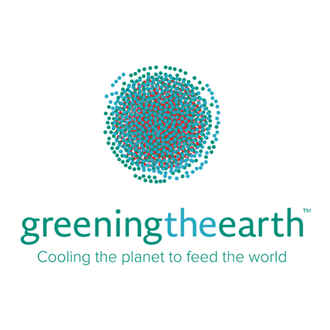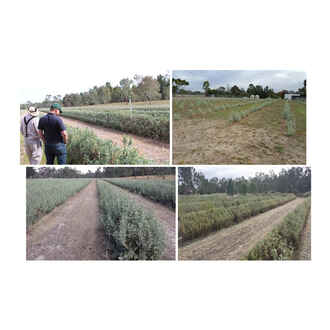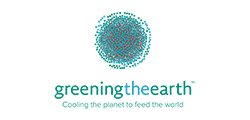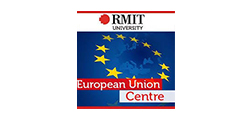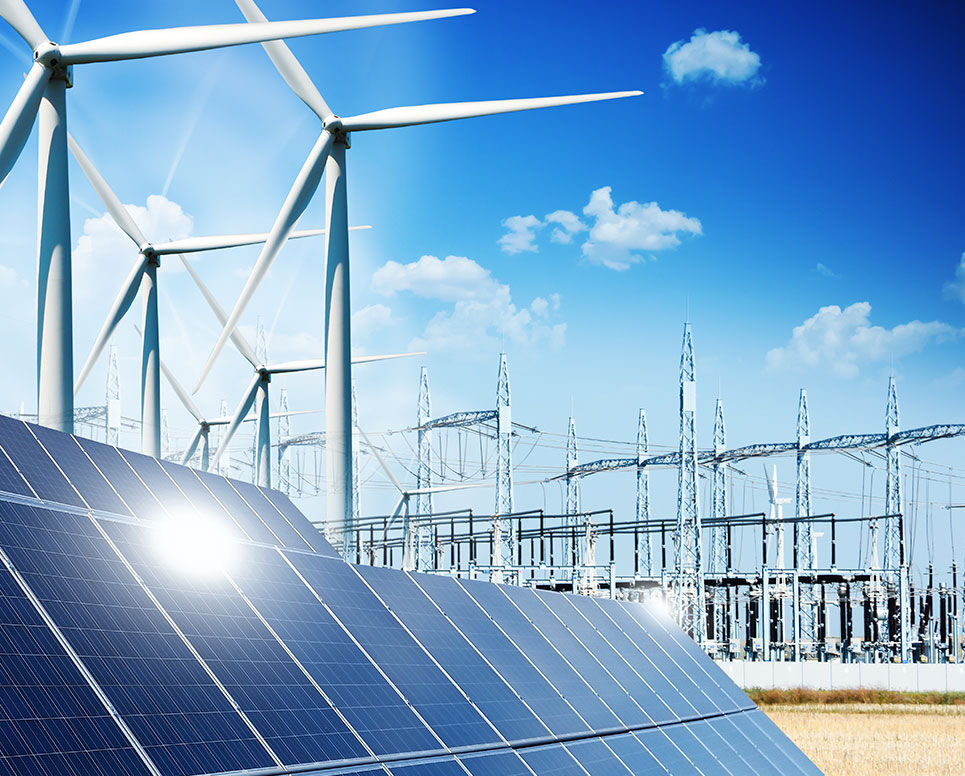Regenerative Agriculture
Australia can achieve world-leadership for an expansive and global climate change solution using vast barren landscapes of marginal and semi-arid drylands to create the world’s biggest, natural carbon sink.
Project Included
PundaZoie Company’s (PZC) Greening the Earth (GTE) program applies parched and under-performing farmland and dryland plains for regenerative agriculture, presenting the world with an innovative climate change solution inclusive of profitable, economic, environmental, social and renewable energy co-benefits and rewards.
GTE is a regenerative agriculture program that applies (mostly) C4[1] classified plant species to restore the natural capital of the land and improve broadacre farming by the permanent, remediation of marginal, under-performing farmland - creating landscape resilience against drought, salinity and fire by capturing and storing atmospheric carbon dioxide (CO2) in the soil as soil organic carbon (SOC).
This process improves the condition of the soil by phytoremediation to establish long-term and permanent landscape resilience against climate change by generating internationally accepted carbon offset known as Australian Carbon Credit Units (ACCUs).
The perennial crop species improve grazing and generate feedstock for harvesting and a host of productive, commercial co-benefits that create jobs and flow-on business opportunities for a vicarious range of economic, environmental, social, public health and cultural co-benefits for those who lives depend on the land.
The co-benefits include processed livestock pellets; protein extract, isolate and flour and valuable vitamins; nutrients and antioxidants for world-wide sale to nutraceutical, pharmaceutical and health and wellness markets. Additionally, vegetation can be applied as biomass for a broad range of affordable, reliable and dispatchable renewable energy outcomes - available 24/7 when the sun doesn’t shine or the wind doesn’t blow - without the need for expensive energy storage which, in tandem with the generation of carbon offset as ACCUs, creates the world-first outcome of nett negative GHG emissions, renewable energy.
GTE species are identified by comprehensive ongoing, university-led research and globally trialled field studies, enabling Australia to meet its international emissions obligations; become a carbon-neutral country by 2050 and create new export industries as the global epicentre for innovative climate change technology and the world’s foremost exporter for the co-benefits including quality carbon offset - addressing global food and water security for a world-wide population approaching 10 billion people by the year 2050[2] - in a manner that does not impact adversely against the global food chain and reduces national reliance on social welfare.
References:
View the A Better World. Actions and commitments to the Sustainable Development Goals Publication ⟶


